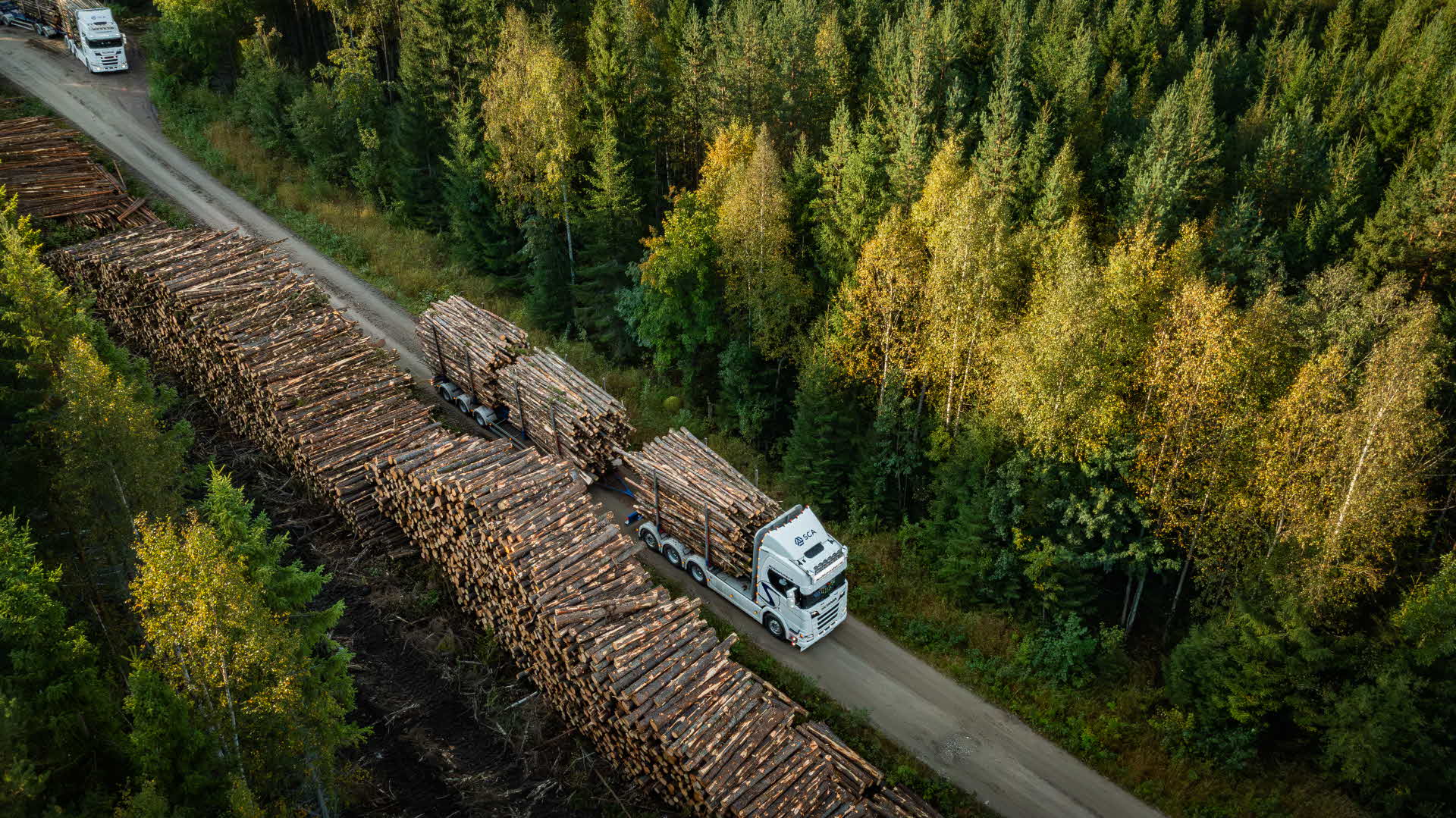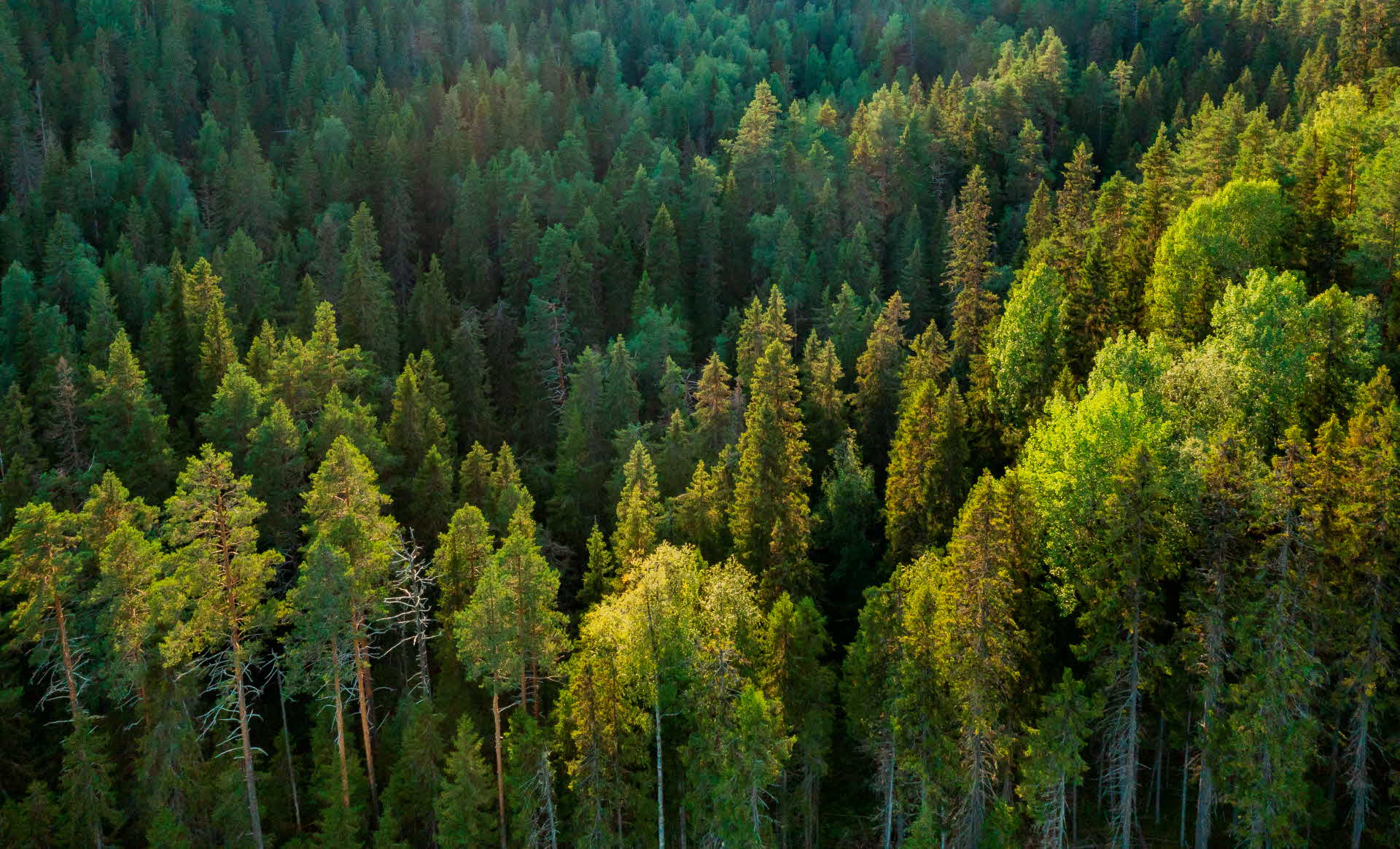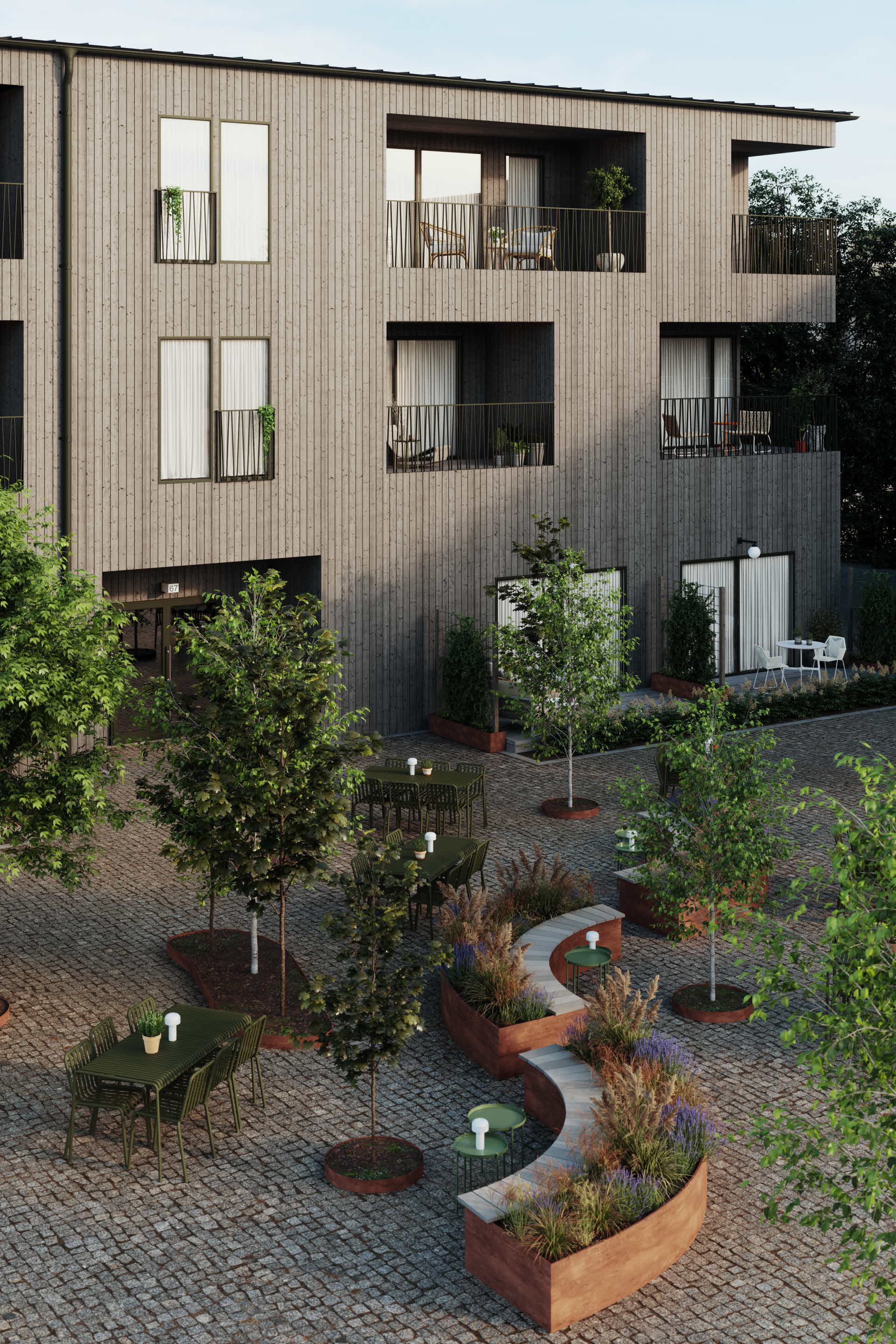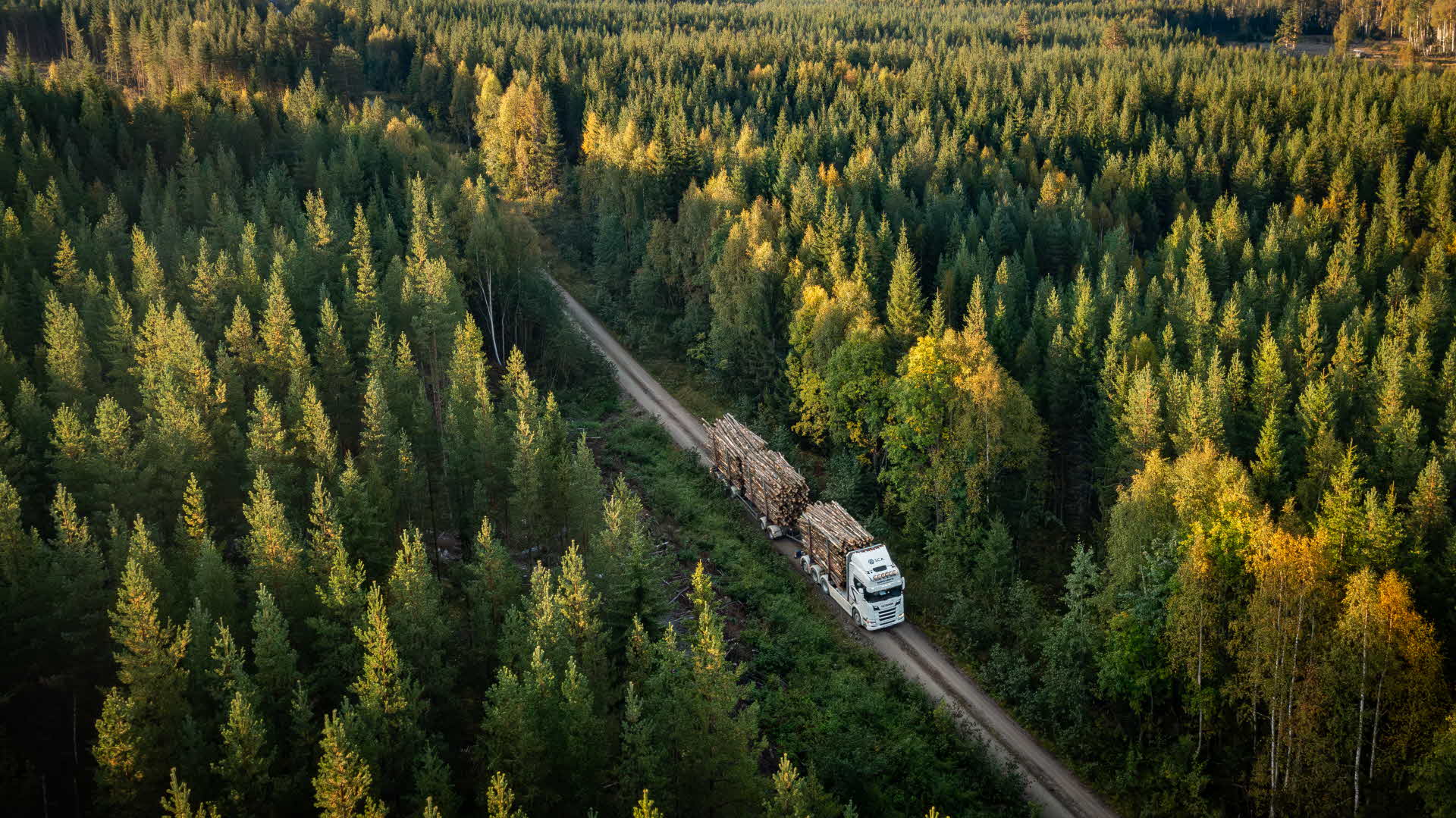
- INSPIRATION
- BUILD IN WOOD
- CLIMATE BENEFITS OF FOREST PRODUCTS
ISO standard demonstrates climate benefits of forest products
- Article
April saw the launch of a brand-new ISO standard for calculating climate impact along the entire forest value chain. “The ISO standard will give greater weight to the forest industries climate audits, benefiting wood fibre as a raw material. Both we and our customers can now highlight the climate benefits of the products in an even more specific and credible manner,” says Susanne Rutqvist, Climate Lead at SCA.
The new standard, ISO 13391, provides an overall picture of the forest’s climate benefits and the products manufactured from wood-based materials. It consists of four parts: three that show the climate benefits of the company's forest and renewable products, and one the company's fossil emissions. The three climate benefits are defined as:
- trees sequester carbon as they grow;
- products manufactured in timber raw materials store carbon throughout their lifetime;
- the products provide opportunities for displacing products that would cause higher greenhouse gas emissions, measured as the potential for prevented emissions.
“In the EU, as well as in some other contexts, the main focus is on the role of forests as carbon sinks rather than anything else. But these calculations show that forests are most useful when they are managed responsibly, so that they both sequester carbon dioxide and contribute raw material for renewable products," says Rutqvist.
Experts from 15 countries
A model for calculating annual climate benefit from an overall perspective was developed within the forest industry back in 2018, and this has since been widely disseminated. This model was an important piece in the puzzle when it came to developing the ISO standard.
“Work on developing an international standard began a few years ago. It was natural for the International Organization for Standardization (ISO) to take a closer look at how we performed our calculations,” explains forestry and climate specialist Peter Holmgren, who was one of the team that designed the previous model.
Experts from 15 countries – including Canada, the United States, Brazil, Germany and Sweden – contributed to the development of the new ISO standard. It was subsequently approved by representatives from all of ISO’s approximately 170 member countries.
Resting on science
All calculations in ISO-13391 rest on scientific foundations. Among other things, they are based on guidelines from the Intergovernmental Panel on Climate Change (IPCC), as well as hundreds of studies and reports on the climate aspects of wood-based products.
“The fact that we now have a standardised reporting method creates credibility and will benefit the entire industry. This applies in both a business and political context,” says Holmgren.
The standard will make it possible to compare the climate impact of products and forest regions. It will also be useful for customers when choosing between products made from forest raw materials and alternative products.
“It makes it easy to demonstrate the climate benefits of wood-based products in a specific and credible way, and to compare different materials. It will also be an important tool to help politicians to make decisions based the bigger picture, that optimise overall climate benefit,” says Rutqvist.
Different products have different benefits
Different products from the forest have different climate benefits. Long-lived products – like sawn timber products used for building elements, floors and furniture – have significant benefits both in that they store carbon for many years and because they reduce the need for materials such as concrete and steel. Paper products have somewhat different benefits. While they store carbon for a shorter time, they make a significant contribution to avoiding greenhouse carbon emissions by reducing the need to manufacture equivalent products in, for example, plastic and glass. Energy products from the forest can directly replace fossil-fuels for heating, electricity and transport.
The four parts of the ISO-standard (ISO-13391)

Forest carbon uptake

Storage in products

Avoidable emissions
